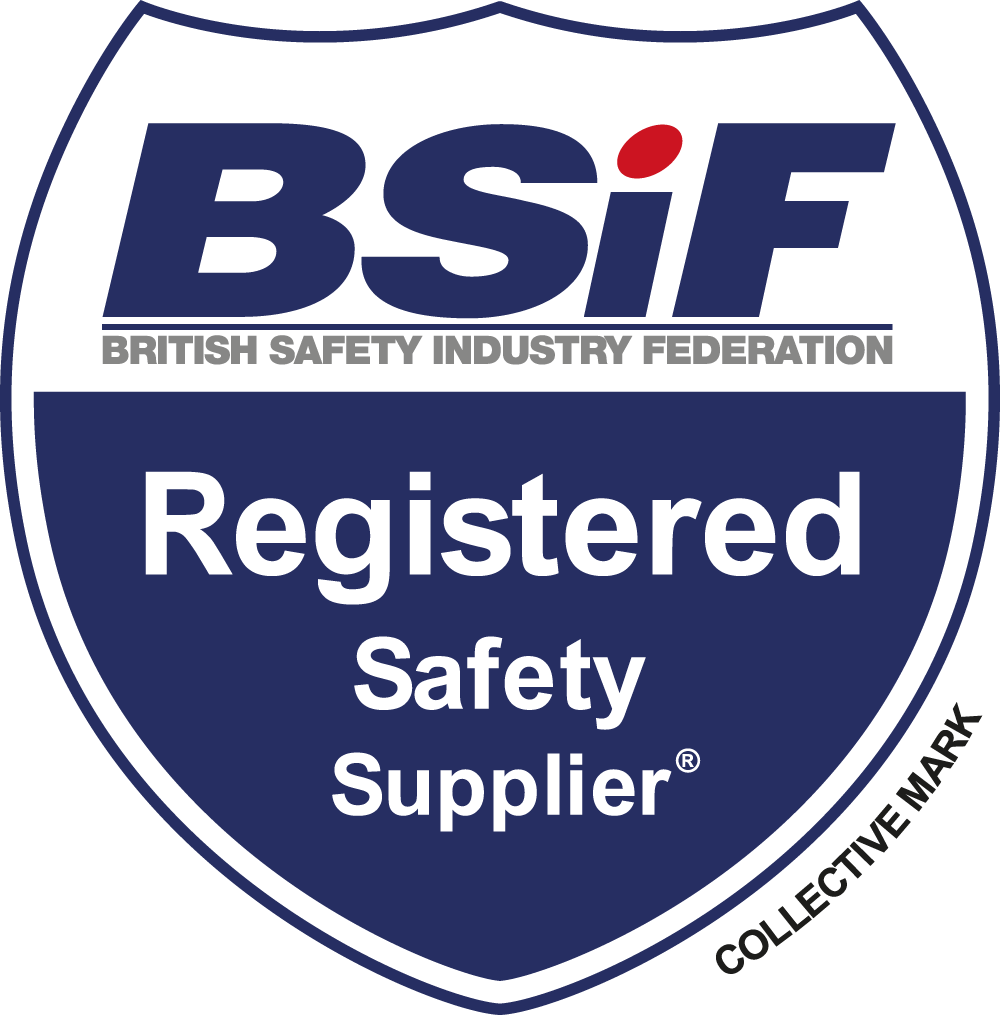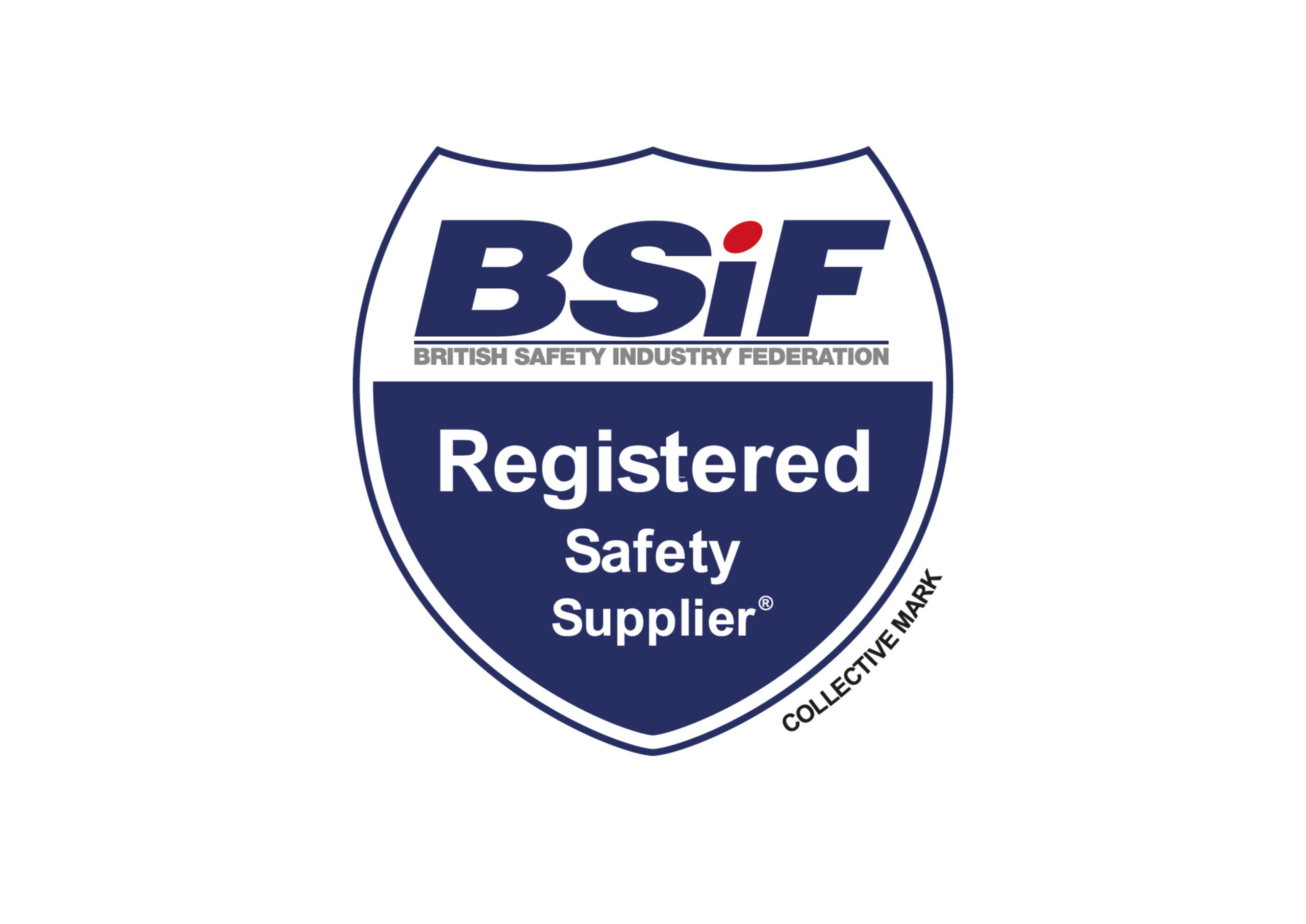Bunding- Guide to secondary containment
Bunds are spill containment and storage products which will collect liquid safely should a spill or leak occur, preventing further damage. Bunding is required by law to ensure you are storing liquids responsibly. Available in various shapes and sizes bunding provides a retaining wall which forms a safety barrier around and underneath an area that liquids are stored, handled and used. The liquid is retained within the bund preventing injury, harm or pollution. Bunding can and should be used for any liquids but are especially necessary where fuel, oil, chemicals or hazardous liquids are used.
Bunds are used when handling or storing dangerous liquids to protect the surrounding environment and people from contamination if there is a spill. At Spillcraft we offer a range of different types of bunds to ensure you can find the right type to suit your needs.
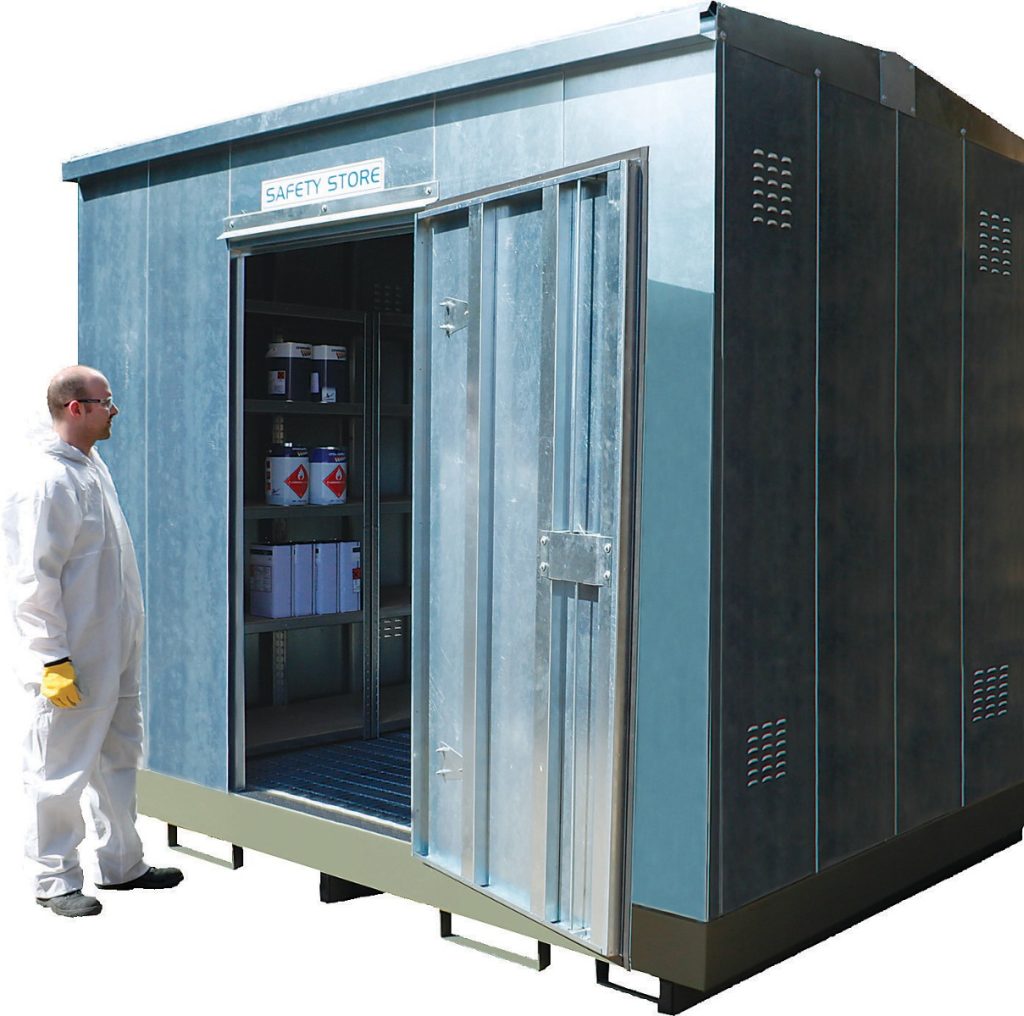 What is a bund?
What is a bund?
The dictionary specifies a bund is an embankemnt, dyke, dam or causeway, used to control the flow of liquid.
The health and safety industry have incorporated this definition into a range of products referred to as Bunds which control the flow of liquid.
Varying in shape, size and design a bund provides a confined area to store liquids safely including drums, containers and IBCs. A bund will catch any leaks or spills and prevent it from reaching the ground, allowing for a safe and controlled clean up process. Often bunding will contain leaks that may have otherwise gone unnoticed.
Ensuring your containers sit on or inside a bunded area will ensure you contain any spill or leak quickly, preventing potentially harmful liquids escaping into the environment.
Bunds can include flooring, spill trays, spill pallets, external bunded storage units, or specially built external areas which provide protection for larger tanks and containers. Bunding can be temporary or permanent depending on your requirements.
Bunding is a form of secodary containment, providing a second opportunity to contain liquids, should an unexpected leak occur. Some retailers may refer to their products as a bund, or bunding. Products are also often listed as having a sump capacity, this refers to the space available to catch and contain the liquid within the bund.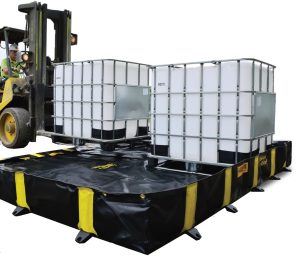
Do I need a bund?
If your business uses any form of liquid you should have a spill response plan. This plan must include safe storage of liquids and your response action plan should an emergency leak occur.
Safe storage of liquids will depend on the size of the containers but can range from drip trays and hazardous storage cabinets, to large external bunded stores. You should have secondary containment for all hazardous substances to ensure you protect your workforce and the environment from uncontrolled spill emergencies.
It is vital you have separate bunds for storing different liquids on site to ensure they do not mix, which could cause a further hazard.
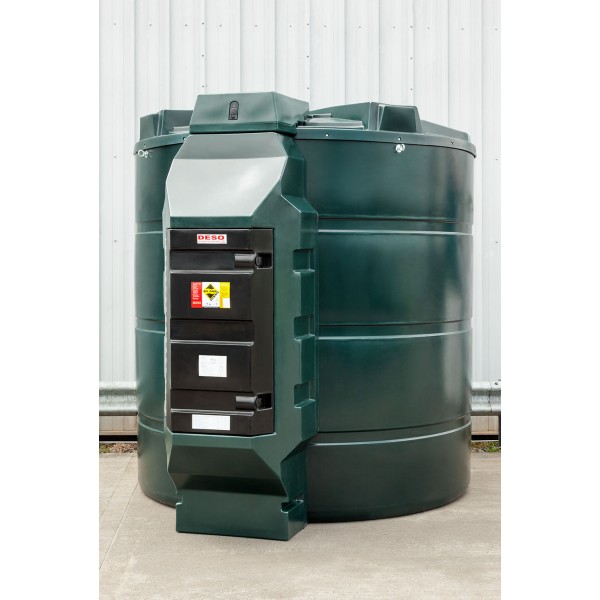
How do I know what size bund I need?
Bunded storage uses 2 calculations to determine the size required, depending on the containers you are using. A container can range from a small bottle or can to large 1000ltr IBC, or tank.
Storing 1 container
If you are storing one container, your bund must be capable of holding 110% of the liquid stored. For example. If you store 1 x 1000Litre container the bund must have a capacity of 1100Litres.
Storing more than 1 container
In this situation your bund capacity is either:
110% of the largest container or 25% of the combined liquid stored, whichever is greater.
The additional space within a bund is to factor in rain water, fire fighting materials and also the potential wave effect of a liquid pumping from a container.
The calculations for secondary containment are specified in the Oil Storage Regulations.
Remember, given the nature of liquids which are stored on bunds you should ensure incompatible substances are stored separately to prevent them potentially mixing. Extra care must be taken with flammable liquid storage, with further guidance available in Dangerous Substances and Explosive Atmospheres Regulations 2002 (DSEAR)
If you are unsure what bunding you need please get in touch. We can offer a free site survey, working alongside you to and understand your needs, and provide our professional recommendation.
What are bunds made from?
Bunds can be made from various materials, such as concrete, plastic and steel. They must be made from an impermeable material to ensure any spillage is safely contained. Liners can be applied to a bunded area to make it watertight, ensuring no liquid absorbs into the bund itself.
In most cases, bunded storage containers are made of steel or moulded plastic. Here at Spillcraft, we stock superior plastic chemical bund solutions made from LDPE – Low Density Polyethylene. LDPE is also used to make IBCs, chemical containers and chemical drums.
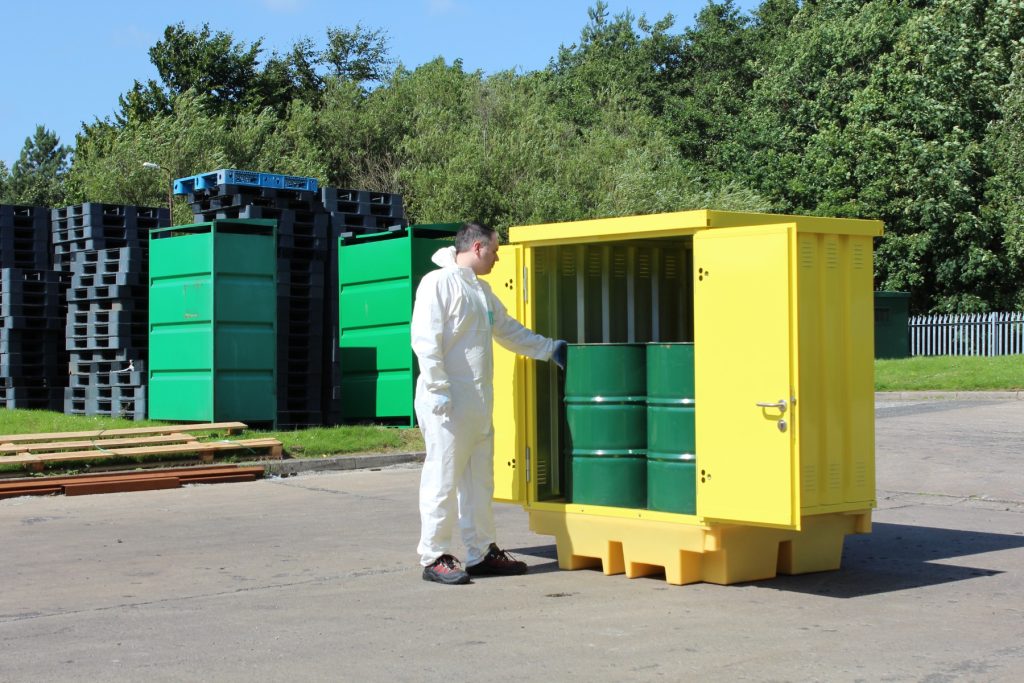 What maintenance do bunds require?
What maintenance do bunds require?
Although they are designed to be long lasting, bunding still needs to be regularly inspected to ensure its integrity. External bunds which are uncovered and open to the elements will naturally fill with rainwater so regular checks and removal of rainwater must be carried out. Failure to regularly monitor the rainwater in bunds, will reduce the capacity of the bund and could lead to rainwater mixing with chemicals and causing additional hazards. If a bund is stored externally, covers can be provided to protect it from rainfall.
All bunds should be regularly inspected for damage and records should be kept of each inspection. If repairs are required, they should be carried out as quickly as possible, to maintain the integrity of the bund.
What must I do to remain compliant to UK legislation for storing liquids?
Using bunds as a secondary form of containment is recommended in the UK and features in multiple codes of chemical safety practice and liquid storage guidelines. Bunds must pass an Integrity Test every 3 years to comply with current legislation. This is to ensure the bund is secure, and will contain potentially dangerous liquids safely should an incident occur. Legislation varies depending on the liquids you use. The following is current legislation in place in the UK:
HSG71 Chemical Warehousing, published in 2009. Spillage control paragraphs 198-208.
HS(G)176 The storage of flammable liquids in tanks also advises that individual bunds are used for large flammable storage units.
PPG26 – Storage and Handling Chemical Drums and IBCs
HS(G)51 – The Storage of Flammable Liquids in Containers.
If you are unsure what is required to ensure compliance, please get in touch and we can offer recommendations based on your individual requirements.
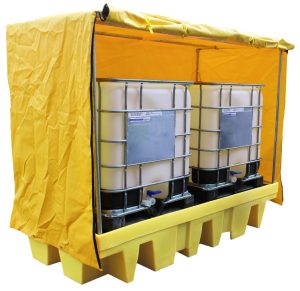 Are bunds expensive?
Are bunds expensive?
Finding the right bunding solution can become expensive if you don’t research correctly, but the solution does not need to be costly. It is important to remember you have a legal obligation to comply with UK law, and failure to do so could result in huge fines, so spending money on the correct solution will ensure you are compliant and prevent further costs down the line.
Bunding is designed to protect people and the environment from harm. We recommend researching into the best solution for your needs, to ensure your bund is compatible with the liquids you use. You need to consider the capacity of the bund(s) required as well as options such as grids, dispensing units and forklift pockets. If you require multiple bunds such as spill pallets you may also consider stackable bunding so it can be easily stored when not in use.
The cost of purchasing the correct bund is far less costly than a fine you would receive if a spill was to harm an employee or the environment.
We want to make sure you make the correct choice in protecting people and the environment which is why we offer our spill survey and recommendations free of charge.
We appreciate Health and Safety officers have a lot of responsibilities in the workplace and time is often limited. Spillcraft are here to help, whether you are looking for advice on PPE you provide, safe storage solutions, spill training, or a managed replenishment service, we are available to help take some of the pressure away.
Call: 01606 352 679 | Email: sales@spillcraft.co.uk
Spill Training | Site Surveys | Managed Spill Services | Spill Equipment


